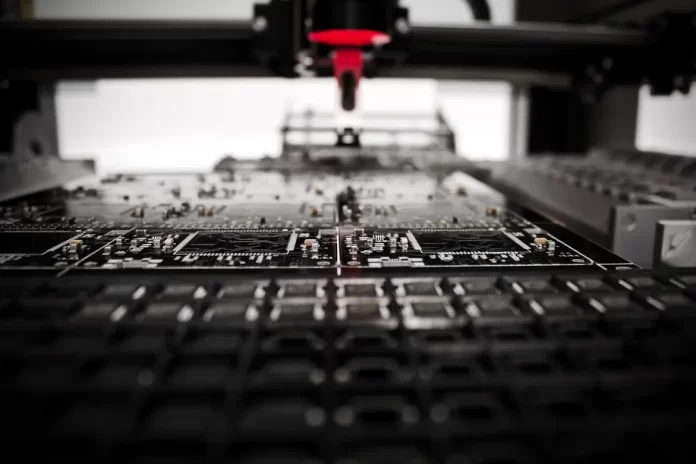An Original Equipment Manufacturer (OEM) is a company that manufactures products (or parts thereof) to the order of another company, which then sells them under its own brand. This practice is very common in the automotive and computer industries. – is a company that manufactures and sells products or parts of a product that their customer, another company, sells to their customers while placing the products under their own brand. OEMs usually operate in the automotive and computer industries.
In turn, the second firm that buys the finished products or parts of them is called a value-added reseller (VAR), because it adds value. The added value can be added either through technology, design, or a more valuable brand.
The OEM is often a direct customer of such a company, and the VAR is often a retailer that sells directly to consumers under its brand name. A typical example is Samsung because not all of the components for that company’s TVs are made by Samsung, some of them are supplied by OEM companies. However, in turn, Samsung is also an OEM for other companies, such as screens.
This means that the company can act as both a VAR and an OEM at the same time. Moreover, many, especially Chinese OEM companies, have recently been moving toward building their own brands without abandoning the OEM business.
Why OEM is ambiguous
If you search the Internet for the definition of OEM, you may come across two different definitions.
The first one is the one I wrote above, which is a company whose product parts are used in another brand’s products.
The second one is similar to VAR, which is the maker of a system that includes other companies’ subsystems, an end-product producer.
In fact, we can talk about an evolution in the use of the term OEM, since some VARs like HP, Lenovo or Dell uses parts from other companies in their own products.
In that case, by OEM we mean almost the same thing as VAR, that is, companies that use their brand to resell products from other manufacturers.
OEM company example
For example, Nintendo, a well-known computer game development company in Japan, completes the design and development of the software itself. After that, they provide the firmware and hardware to Foxconn and help analyze statistics and test the products.
Foxconn simply completes production, without being able to access the source code. In addition, many processes are dominated by Nintendo, such as choosing the type and agreeing on the price of the processor, DDR, or other components. Foxconn simply follows Nintendo’s instructions.
OEM vs VAR explained
If we talk about OEM in the traditional sense, such companies concentrated on sales to other companies, while VARs aimed at retail sales (or sales to specific manufacturers).
Recently, however, more and more OEMs are selling directly to retailers, making them somewhat similar to VARs.
For example, video card companies can sell to other companies (which makes them an OEM) as well as sell directly to consumers.
OEM vs Aftermarket explained
OEM makes original equipment or parts thereof. Aftermarket manufacturers make products or parts so that they can be interchangeable with OEM products.
However, this does not mean that such products or equipment parts will work as well as OEM products. Although such products are usually less expensive, which makes many customers buy them.
3 key characteristics of OEM manufacturer
- OEM companies sell licenses. They usually sell licenses for components or products that they supply to VAR companies.
- OEM merchandise is usually sold at retail without related accessories. OEM hardware usually comes without cables and adapters.
- OEM have a higher quality. Compared to aftermarket products, their quality is usually higher.






